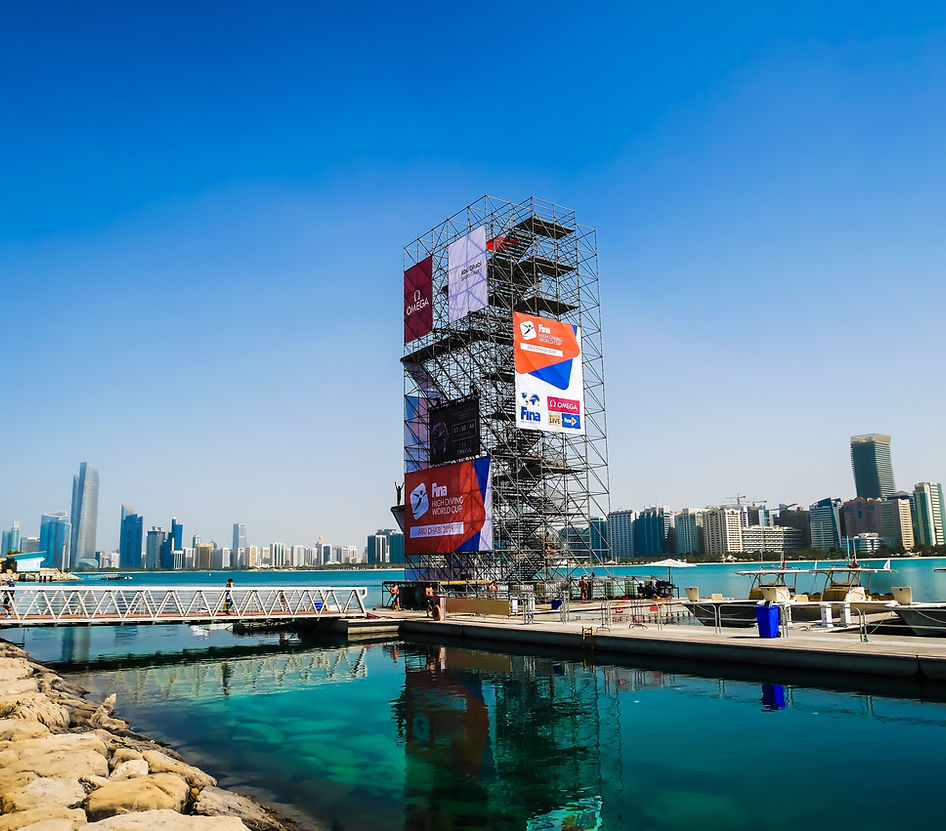
Maintaining dredging equipment is important for ensuring optimal performance, longevity, and cost-effectiveness. Dredging is often conducted in harsh environments, which can lead to wear and tear if the equipment isn’t properly maintained. Regular dredge maintenance extends the life of your machinery and also prevents costly downtime. Explore here essential steps for keeping dredging equipment, particularly dredge pumps and other vital components, in top condition.
Regular inspection:
One of the most important aspects of dredge maintenance is conducting regular inspections. Checking all parts of the dredging equipment for signs of wear, damage, or corrosion helps detect issues before they turn into significant problems. Inspections should focus on the dredge pump, pipelines, suction and discharge components, and moving parts such as impellers and cutters. Identifying damage early allows for timely repairs, which can prevent costly failures later on.
Lubrication of moving parts:
Proper lubrication is key for the smooth operation of moving components such as bearings, gears, and shafts. Inadequate lubrication can lead to increased friction, which accelerates wear and may cause overheating or equipment failure. Ensure to follow the manufacturer’s recommendations for the type and frequency of lubrication, especially for pumps and gearboxes. Regular lubrication extends the lifespan of these components and ensures smoother operation during dredging activities.
Pump and impeller maintenance:
The dredge pump is one of the most important components of a dredging system, responsible for transporting material from the dredging site. Pumps and impellers are prone to wear and damage, especially in abrasive environments. Periodically inspect the pump for signs of erosion or cavitation, and replace worn parts like seals, gaskets, and impellers when necessary. If the pump is showing signs of reduced efficiency or abnormal noise, it may indicate that maintenance is required.
Monitor hydraulic systems:
Hydraulic systems power many components of dredging equipment, such as winches, cutters, and other heavy-duty parts. Regularly check hydraulic fluid levels and inspect hoses for leaks or signs of wear. Contaminated or low hydraulic fluid can reduce performance and damage the system. Keeping the hydraulic system clean and well-maintained will ensure that the dredge operates at peak efficiency.
Cleaning and corrosion control:
Since dredges often operate in water, components are susceptible to corrosion. Saltwater environments, in particular, accelerate the corrosion process. After each dredging operation, clean all exposed surfaces and apply anti-corrosion agents to protect the equipment. Ensure that all water is drained from the system to prevent rust from forming in pipes, hoses, and tanks.
 Tips For Posing Newborns In Photography
Tips For Posing Newborns In Photography  The Significance Of Certifications In Scaffolding Rental Companies
The Significance Of Certifications In Scaffolding Rental Companies  How To Choose The Right EB-5 Regional Center
How To Choose The Right EB-5 Regional Center  5 Features To Look For In Forex Trading Courses
5 Features To Look For In Forex Trading Courses 


